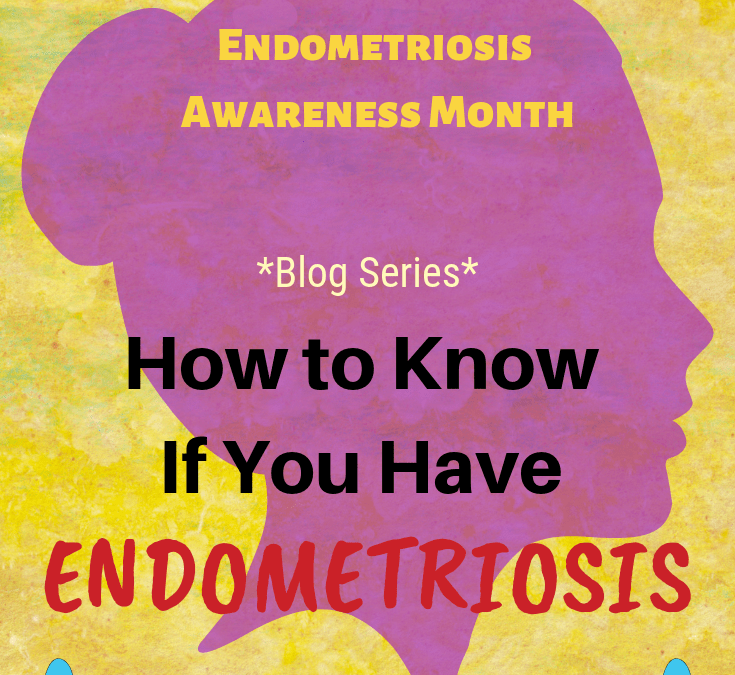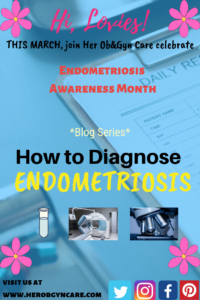Endometriosis & the Pulmonary System
#1 Catamenial Haemothorax
For a simple understanding, this is the presence of blood in the pleural space which is between the lining of the lung and the chest wall.
This occurs when the deposits bleed during the menses.
At the end of the menses, some blood is reabsorbed but the majority remains. This will accumulate each time the menses returns. This increases the risk of lung collapse on the affected side of the chest.
Catamenial haemothorax may sometimes require surgical management.
The surgeons often do a pleurodesis procedure. That is, they insert a chemical (e.g. Talc powder) or medication (e.g. Doxycycline) inside the pleural space and this causes inflammation and scaring. The result is that the pleural lining will stick together, eliminating the space.
#2 Catamenial Pneumothorax
Instead of blood, sometimes the endometriosis can cause air to get in the pleural space. The mechanism is unclear; only theories are relied on today.
#3 Catamenial Haemopneumothorax
This is the presence of both air and blood inside the pleural space. Women usually need admission and observation as large volume bleeding can cause them to quickly deteriorate and sometimes require chest tube drainage (Thoracostomy).
Like persons with simple haemothorax or pneumothorax, shortness of breath is the most common symptoms affected women will complain of. Chest pains and wheezing are other symptoms experienced.
#4 Bloody Cough
This is called Haemoptysis. The endometrial deposits lodge in the airway and bleed during the menses resulting in a bloody cough when the period comes.
This is also a rare manifestation.
Endometriosis & the Skin
#1 Umbilical Nodules
Implantation of endometriotic deposits at the umbilicus (belly button) can cause a nodule to form.
This is another rarity of endometriosis manifestation. It is found in about 0.5 to 4% women with endometriosis.
It is often difficult to distinguish from other possible swellings that may occur around the umbilicus. There is not much that ultrasound, CT scan and MRI can do to distinguish it.
Research has shown that it may arise from 2 mechanisms
- Spontaneously
- Secondary to surgery (the tissue migrates from the pelvis into the region of the navel) such as laparoscopy
Nodule are often painful and may bleed during the menses. Hence, they may have a brown, blue or dark discoloration.
In most cases, women will end up having surgery to remove this nodule. The best part of having surgery done is that the recurrence of the nodule is RARE once it was thoroughly excised.
If you are interested to know, the medical term for spontaneous nodules is Primary Umbilical Endometriosis, PUE.
#2 Scar Endometriosis
Some women who have pelvic surgery and develop endometriosis may have ectopic implants in the scar. This can be in either the peritoneal lining, muscular layer or the skin.
This occurs in 0.3-0.6% women who have C-sections.
Of course, affected women experience pain which may be cyclical or constant. Then there is some discoloration and distortion of the surgical scar.
The best way to treat this is with wide surgical excision of the scar.
Wrapping up
There you go, lovies. I told you it would be a knowledge-packed session again.
Now, you are fully
Look out for the next in the series about how your doctor will investigate for endometriosis and How to treat it.
If you liked this post, drop us a comment below to let us know.
Sharing is caring so remember to send this to your female friends and family to help spread awareness about Endometriosis.
You should follow us on social media where we share other info on Endometriosis and other important topics about sex and fertility.
Instagram: Wannabe_futureObgyn
Facebook: Her Ob&Gyn Care
Facebook Group : Lovies Tribe of Her Ob&Gyn Care
Pinterest: Her Ob&Gyn Care*
All the best, lovies!
Have an endometriosis-free week!
XOXO
Creator, Her Ob&Gyn Care©
Read our next post right here 👉 How to Diagnose Endometriosis
References
Triolo, O., Laganà, A. S., & Sturlese, E. (2013). Chronic pelvic pain in endometriosis: an overview. Journal of clinical medicine research, 5(3), 153-63.
Theunissen, C. I., & IJpma, F. F. (2015). Primary umbilical endometriosis: a cause of a painful umbilical nodule. Journal of surgical case reports, 2015(3), rjv025. doi:10.1093/jscr/rjv025 at https://www.ncbi.nlm.nih.gov/pmc/articles/PMC4363684/
. Hensen JH, Van breda vriesman AC, Puylaert JB. Abdominal wall endometriosis: clinical presentation and imaging features with emphasis on sonography. AJR Am J Roentgenol. 2006;186 (3): 616-20. doi:10.2214/AJR.04.1619 – Pubmed citation
Weerakkody, Y., Radswiki, Scar Endometriosis, revision 23, https://radiopaedia.org/articles/scar-endometriosis?lang=us
Willy Davila, G., MD, Kapoor, D., MD, MBBS, MRCOG, Alderman, E., MD, Hiraoka, M. K., MD, Ghoniem, G., MD, FACS, Peskin, B., MD, MBA, & Price, T. M., MD. (2018, July 27). Endometriosis (M. Rivlin MD, F. Casey MD, MPH, & F. Talavera PharmD, PhD, Eds.). Retrieved March 6, 2019, from https://emedicine.medscape.com/article/271899-overview.




